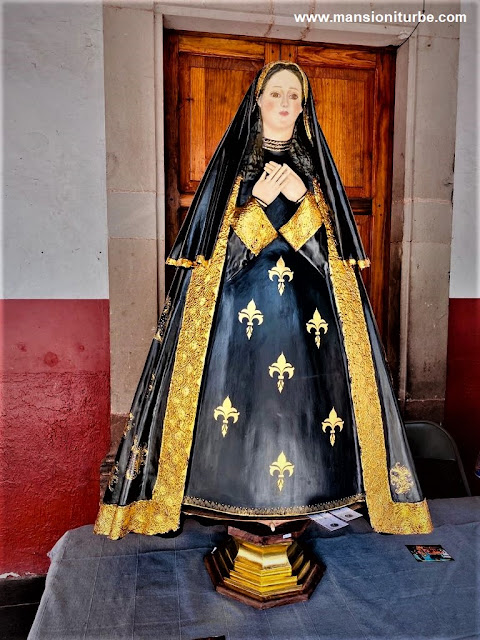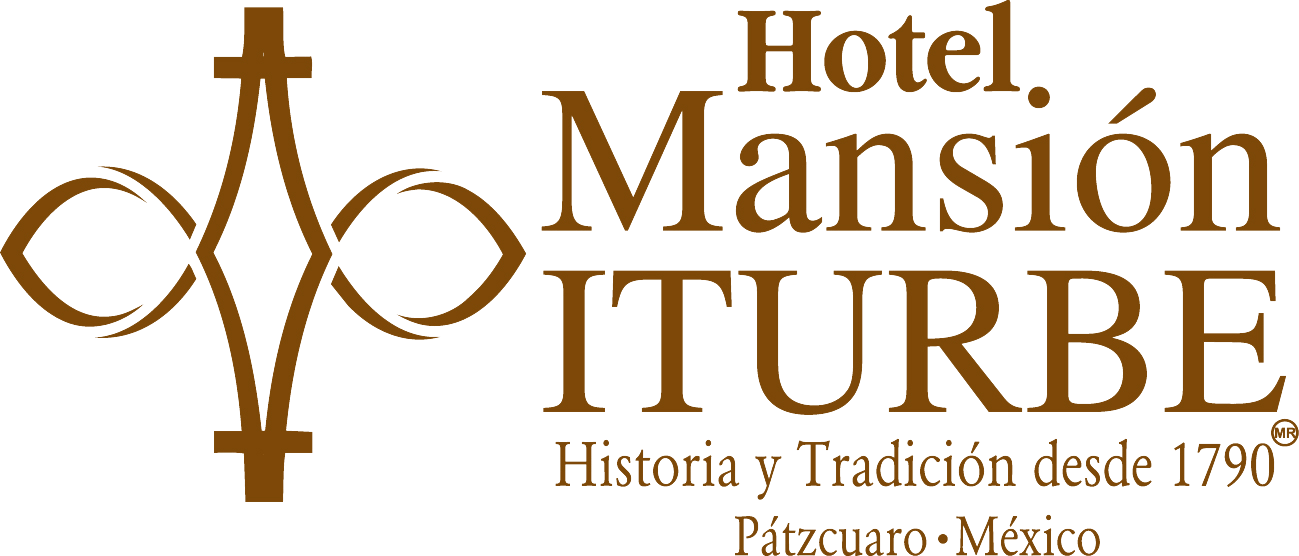Pasta de Caña (“Corn Cane Paste”) Technique
The “Pasta de Caña” technique was used during the pre-Hispanic epoch by the original inhabitants of the Lake Pátzcuaro region to create their much adored idols and deities.
The pasta de caña
technique amazed the Spanish during their evangelization for its light weight,
and they themselves started to use the same technique to create their own
religious images.
 |
| Religious Imagines made with the Corn Cane Paste Technique in Patzcuaro, Michoacan |
The foregoing is
an example of the “melding” of cultures that occurred during that era.
The figures were made with the skills learned in Europe, but with the materials
from the lake area and the very technique used by the Purépechas.
As a result,
different images began to be created, many of which were taken to Spain in the
sixteenth century, and today we continue to find them in various parts of
Spain. These “New Spain art” pieces, modeled in pasta de caña, were sent back
to Spain unpainted, where they were later painted.
 |
| Imagines made with the Corn Cane Paste Technique in Patzcuaro, Michoacan |
Workshops were
set up where the original artists taught their craft. They even went to
different cities of "New Spain” to hold these workshops.
Consequently, today we find such images in different parts of Mexico where they
used this technique; such as Zapopan and San Juan de los Lagos and, of course, Pátzcuaro
(the famous Virgen de la Salud, or Virgin of Health, in the basilica).
 |
| Religious Imagines made with the Corn Cane Paste Technique in Patzcuaro, Michoacan |
(Note: The Virgin of Health of Pátzcuaro was commissioned to these great indigenous
artists by Don Vasco de Quiroga in the sixteenth century; the meticulous
work lasted several months. At first, she was called Health of the Infirm
and was initially placed in the Temple of Santa Martha in Pátzcuaro, which
today is the emblematic Temple of the Tabernacle, and she was
subsequently moved to the basilica.)
A recent craft
exhibition on the technique was organized by the City of Pátzcuaro, with
the collaboration of renowned artists who work with pasta de caña.
This was an exhibition that many of our guests enjoyed during their stay at Hotel Mansión Iturbe, due to the proximity between our hotel and the former City
Hall where the exhibition was held.
 |
| Craft exhibition on the technique was organized by the City of Pátzcuaro |
This process
begins with the collection of the stubble of corn, removing the bark, and
soaking it. It is then formed into blocks. Cactus “slime” is added and it
is all ground up with some plants that are natural insecticides (which is why
the figures can last for literally centuries without decaying). The concoction
is then allowed to rest for approximately four months before molding and
shaping.
After curing, the
artists can go to work carving the piece with the knives. Fortunately in and
around Pátzcuaro, we still have artists who can make impressive pieces
with this ancient technique.
In addition to
using the knives, the artists use sandpaper to shape the details. The
powder that is generated from the sanding is used to make a separate mixture of
paste to make
Once the piece
has been carved, another mixture (“white dirt” mixed with rabbit skin) is
applied to the figure; it decays and has to be refreshed daily. When the
hair falls off the skin, the mixture becomes transparent, leaving a kind of
sheen when applied to the figure. Once the surface turns white with this
mixture applied, it is ready to be painted.
The technique of
pasta de caña is part of the culture and identity of Pátzcuaro. Pátzcuaro
“owns” this technique!
 |
| The technique of pasta de caña is part of the culture and identity of Pátzcuaro |
When you visit Pátzcuaro,
try to visit the different temples of our Pueblo Mágico, as well as those of
different riverside towns, and you will discover a great artistic and cultural
legacy, with extraordinary pieces of sacred art, much of it created in the
sixteenth century.
* Text and pictures property of Hotel Mansión Iturbe.
We invite you to check more post in our blog, you will find information about Pátzcuaro and its surroundings.
Here are some post that we suggest you:
Pottery in and around Pátzcuaro
Six artisan craft routes of Pátzcuaro
Santa Fe de la Laguna an example of community development by way of Tourism
Hotel Mansion Iturbe
Plaza Vasco de Quiroga
61600 Patzcuaro, Michoacan
México
For more information about our Hotel in Patzcuaro
Reservations online at Hotel Mansion Iturbe
Tels: +52 (434) 342 0368 / 342 3628
Fax: +52 (434) 342 3627
GDS CODES:
Amadeus: ON MLMMAN
Sabre: ON 16297









Comentarios